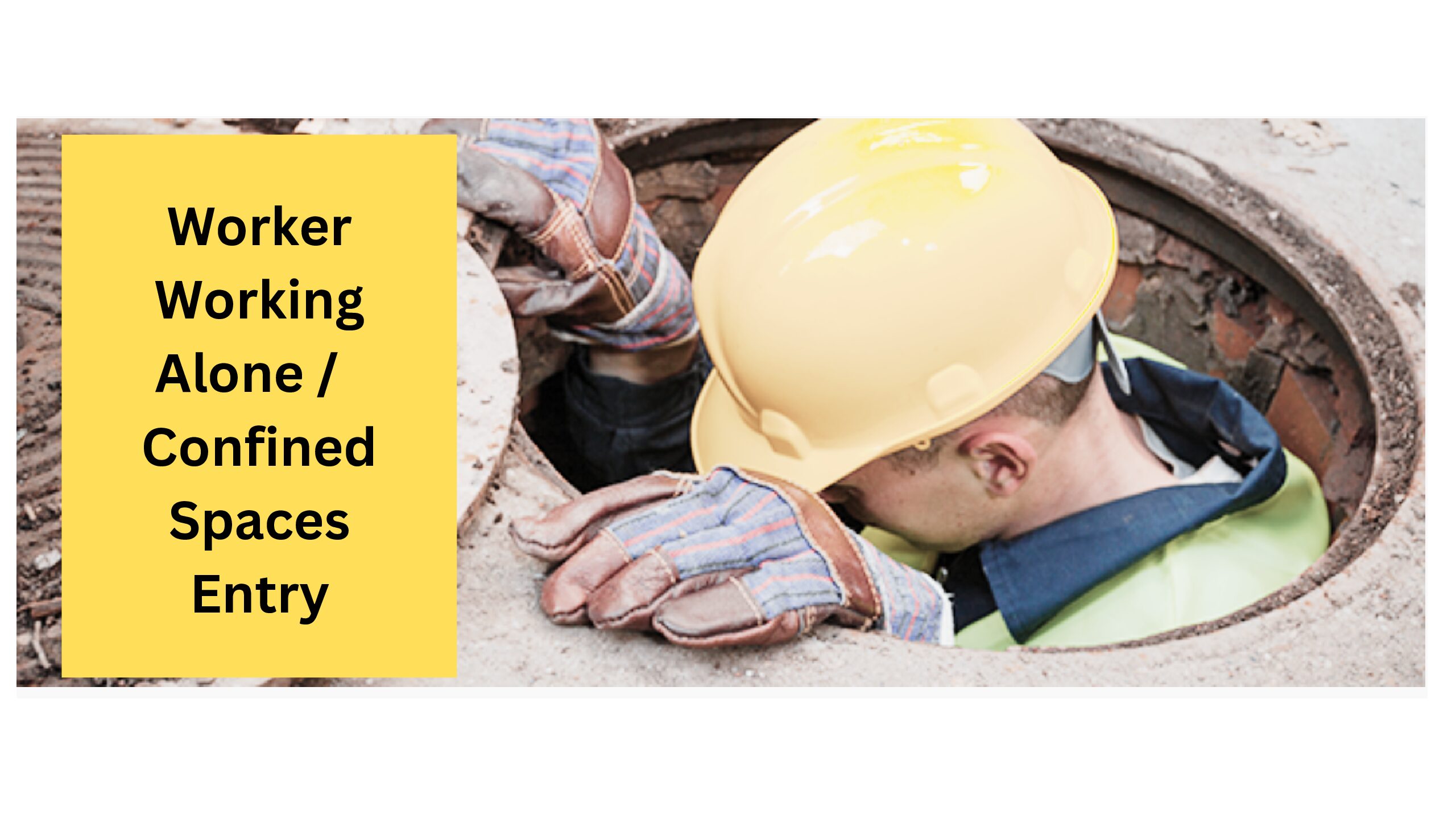In industrial workspace, the safety and well-being of lone workers have taken center stage, especially in hazardous occupations. Recent reports and statistics underscore the importance of addressing the unique safety challenges faced by those who work alone, often in remote or unmonitored environments.
According to Berg Insights, approximately 53 million lone workers make up about 15% of the combined workforce in the United States, Canada, and Europe. This sizable group necessitates a tailored approach to ensure their safety and security. On a global scale, international data estimates that a staggering 1.3 billion individuals worldwide are mobile workers, many of whom often find themselves working alone or in dangerous conditions like working at height or in confined spaces.
Furthermore, insights from the US Bureau of Labor Statistics reveal that from 2011 to 2018, the top five occupations with the highest number of confined space-related deaths included construction laborers, farmers, ranchers, first-line supervisors of construction trades, plumbers, pipefitters, and farmworkers. These statistics emphasize the critical need for enhanced safety measures in hazardous job settings.
Though Lone worker safety devices are essential tools designed to enhance the safety and security of individuals who work alone or in remote, potentially hazardous environments and all these devices providing a means for lone workers to quickly call for help, communicate their location, and receive assistance in emergencies, The basic premise begins with Lone Worker Safety Policy within the organization.
There are plenty of apps, solutions and tools available in the market, that can that are Here are some common types of lone worker safety devices. Some of the tech comes with advanced IOT Real time capabilities which can be integrated with existing monitoring systems.
Few examples are:
- Personal Alarm Devices
- GPS and Location Tracking Devices
- Two-Way Radio
- Man-Down Detection Devices
- Wearable Safety Devices
- Safety Apps
- Satellite Communication Devices
- Body Cameras
- Integrated Systems
Personal Alarm Devices
- Panic Buttons: These handheld devices allow workers to trigger an alarm in case of an emergency. Some are designed as wearable accessories, making them easily accessible.
- Safety Whistles: Simple but effective, safety whistles can alert others to a worker's distress, especially in noisy environments.
GPS and Location Tracking Devices:
- GPS Beacons: These devices use GPS technology to transmit a worker's location to a central monitoring system, enabling real-time tracking and rapid response in case of emergencies.
- Smartphone Apps: Many lone worker safety apps offer GPS tracking features, turning a worker's smartphone into a tracking device.
Two-Way Radio
- Walkie-Talkies: Two-way radios allow workers to communicate with colleagues or a central control point, providing a means of requesting assistance or reporting incidents.
Man-Down Detection Devices:
- These devices are equipped with sensors that can detect if a worker falls, is motionless, or is in a prone position, triggering an automatic alert if such conditions are met.
Wearable Safety Devices
- Some devices are designed to be worn as badges, watches, or other accessories, making them easily accessible and less likely to be forgotten or misplaced.
Safety Apps
- Various smartphone apps are available that provide lone workers with safety features, including check-in timers, panic buttons, and location tracking.
Satellite Communication Devices
- In remote or off-grid locations where cellular networks are unavailable, satellite communication devices can provide a lifeline for lone workers to request help.
Body Cameras
- These devices not only capture visual evidence of incidents but can also be used to stream live video to a remote monitoring station in real-time.
Integrated Systems
- Some organizations use comprehensive lone-worker safety systems that combine various devices and technologies for a holistic approach to safety.
When selecting a lone worker safety device or system, it's essential to consider the specific needs and risks associated with the worker's environment and job role. Training on how to use these devices effectively is equally important, as quick and accurate utilization can make a significant difference in emergency situations. Additionally, regular maintenance and testing of these devices are critical to ensure they function correctly when needed most.
For more information follow us https://thechicprojectmanager.com

